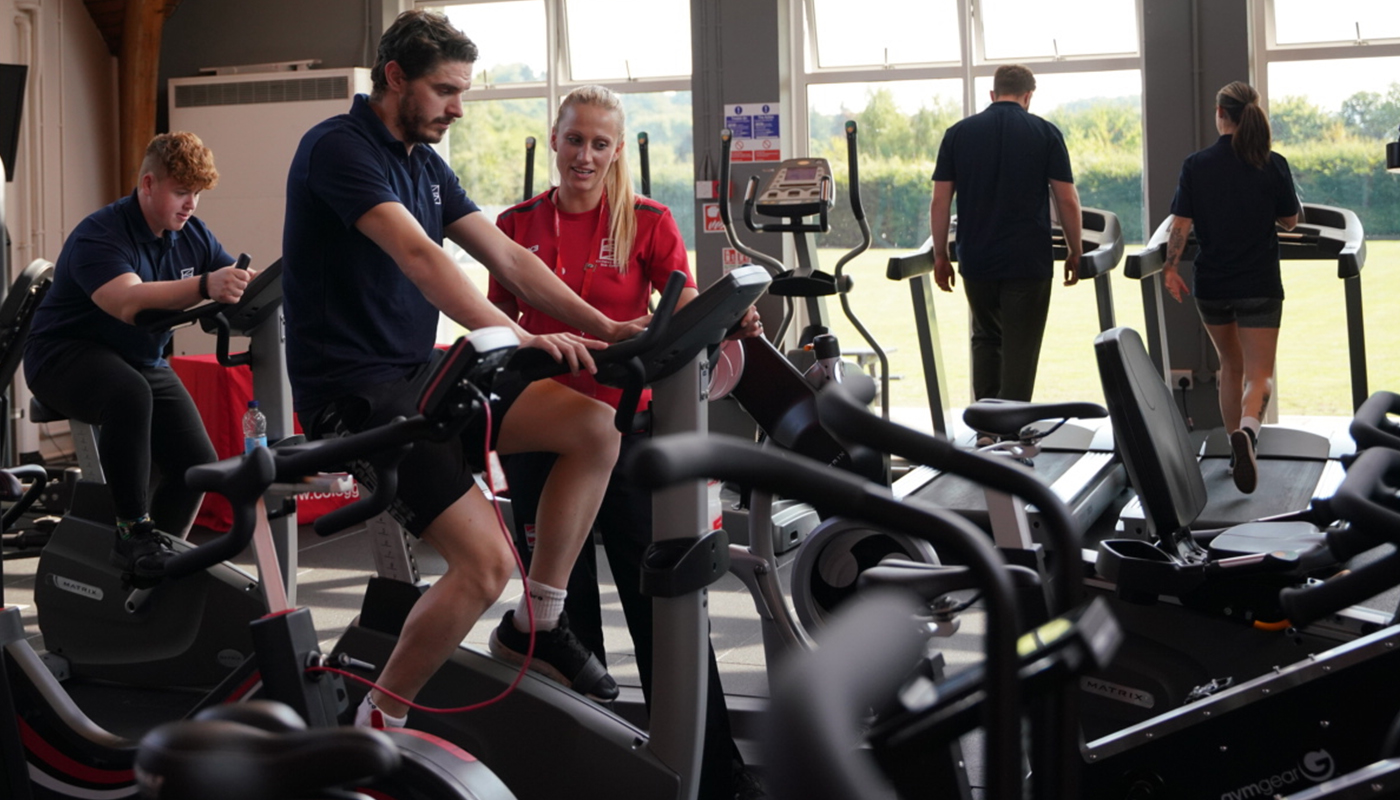
Work-based learning
This page provides a summary of the key messages from our work in the sector during the academic year 2021-22. Click on the arrows for details of what’s going well and what needs to improve, along with links to resources for providers.
What’s going well
- Many learners demonstrate positive attitudes to learning and, although a few were anxious about returning, attendance is generally high in the workplace and training centres.
- Assessors give learners valuable ongoing support for their learning and well-being.
- Many providers strengthened their procedures for tracking learners’ progress and well-being, for example by developing an at-risk learner register. These registers allow staff to maintain regular contact with particularly vulnerable learners and provide high levels of personal support.
What needs to improve
- Learner well-being is still a key focus for staff, particularly in helping learners to improve their resilience and to support the increased number of learners who are making well-being disclosures.
What’s going well
- Since their full return to their workplaces and face-to-face activity off-the-job in September 2021, most learners are engaging particularly well in their practical and theory activities and make at least appropriate progress; a few make strong progress.
- Providers are continuing to develop the delivery of remote learning, building well on their experiences of using e-portfolios.
- Providers deliver a wide range of programmes at different levels to meet the needs of employers and learners.
- A high number of new learners have been recruited onto most apprenticeship programmes.
- All providers use their well-established e-portfolios and further develop their digital resources to support and track learner progress effectively.
What needs to improve
- The number of learners on-programme who are beyond their expected end date remains high, especially in the health and care sectors. This is due to a range of reasons with the most common being the restricted access that assessors have had to learners’ workplaces.
- The health and care sector has been under significant pressure during and post-pandemic, leading to high learner drop-out rates and slower learner progress and achievement.
- The rationale for using remote learning is not always clear. Providers do not always clearly define the reasons why units, modules or other activities are delivered remotely.
What’s going well
- Leaders have strengthened and improved their communication with all staff and key partners.
- Leaders place a strong focus on supporting their staff to develop their digital skills to help learners maintain their engagement and make progress.
- During the initial year of the contract, working relationships with subcontractors have been well defined and are settling down.